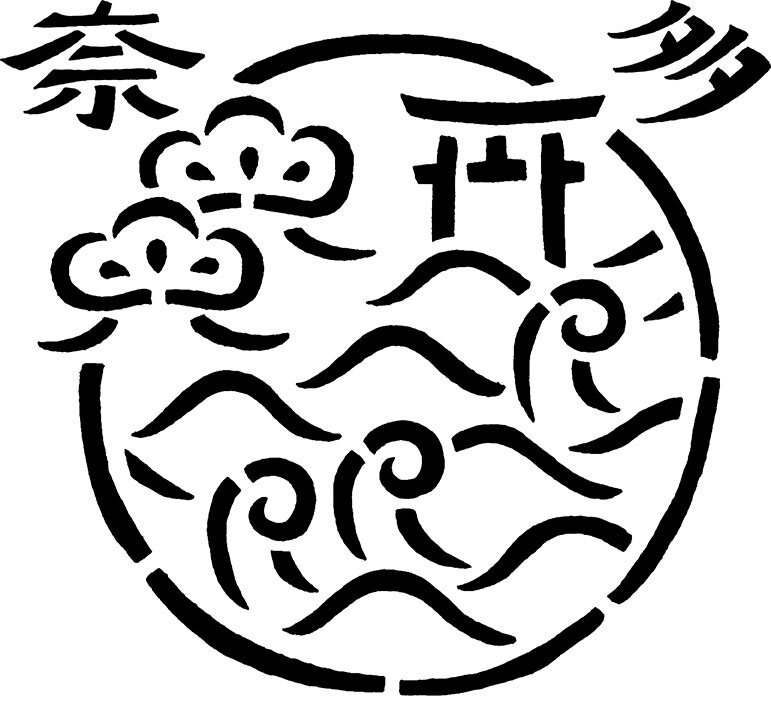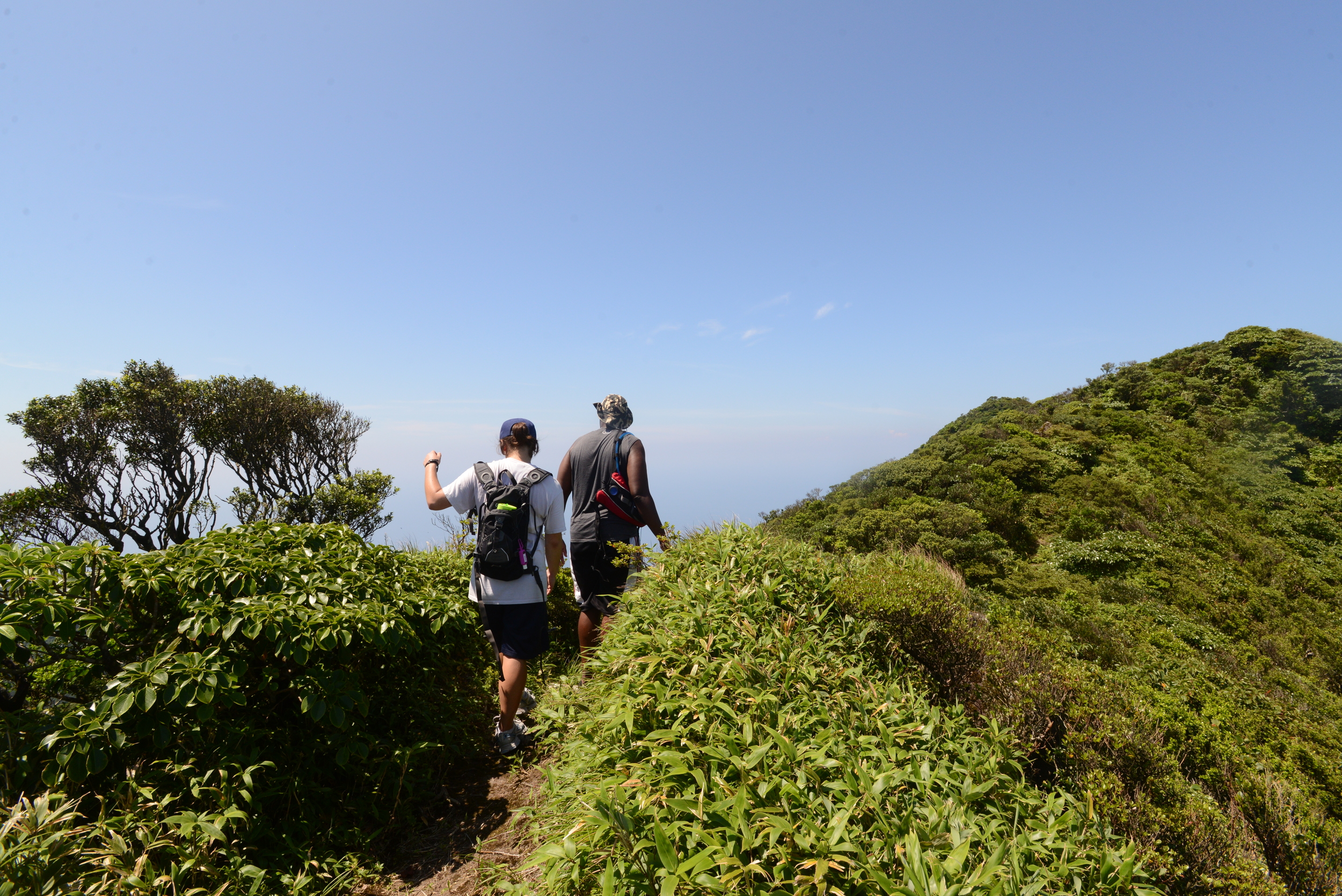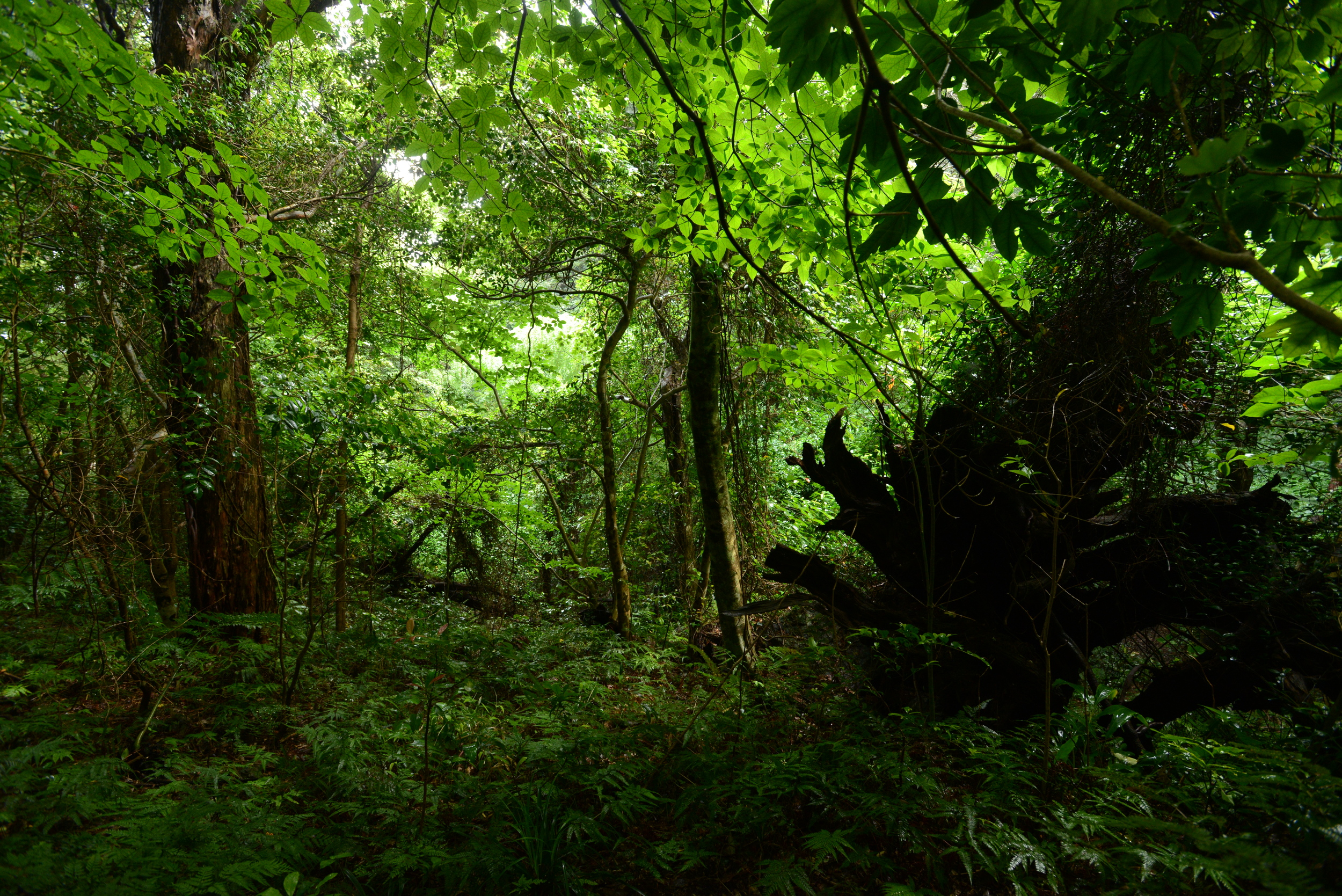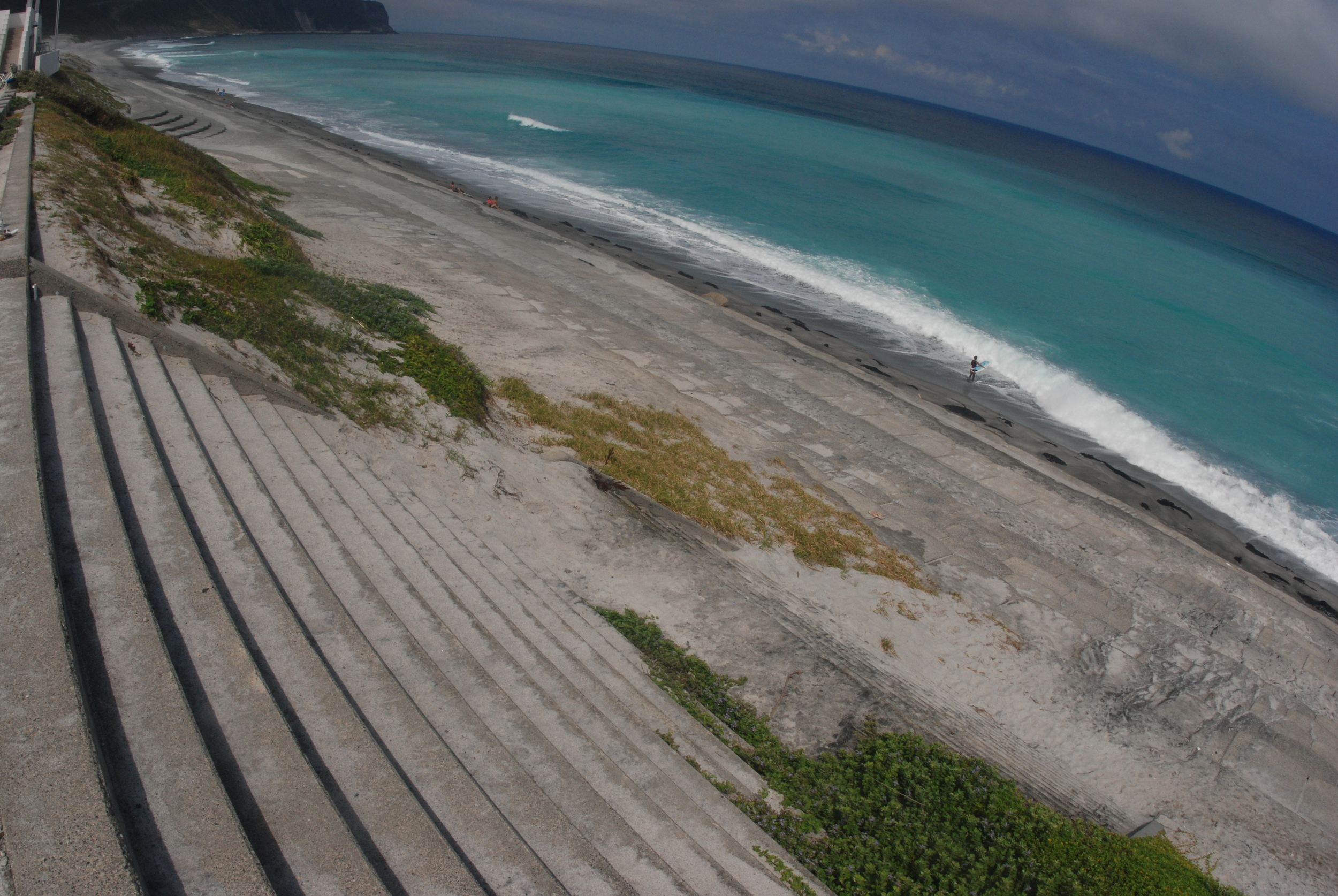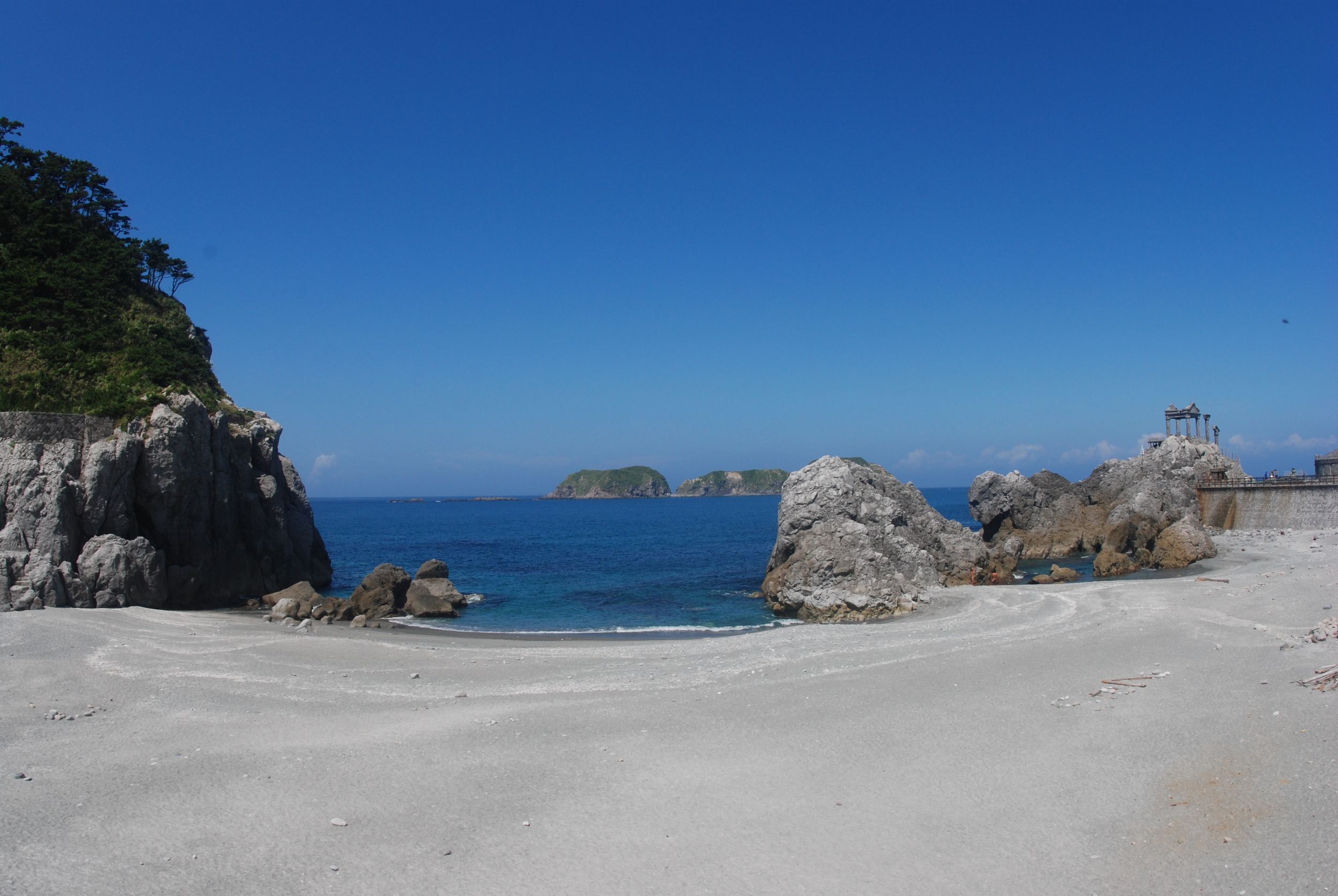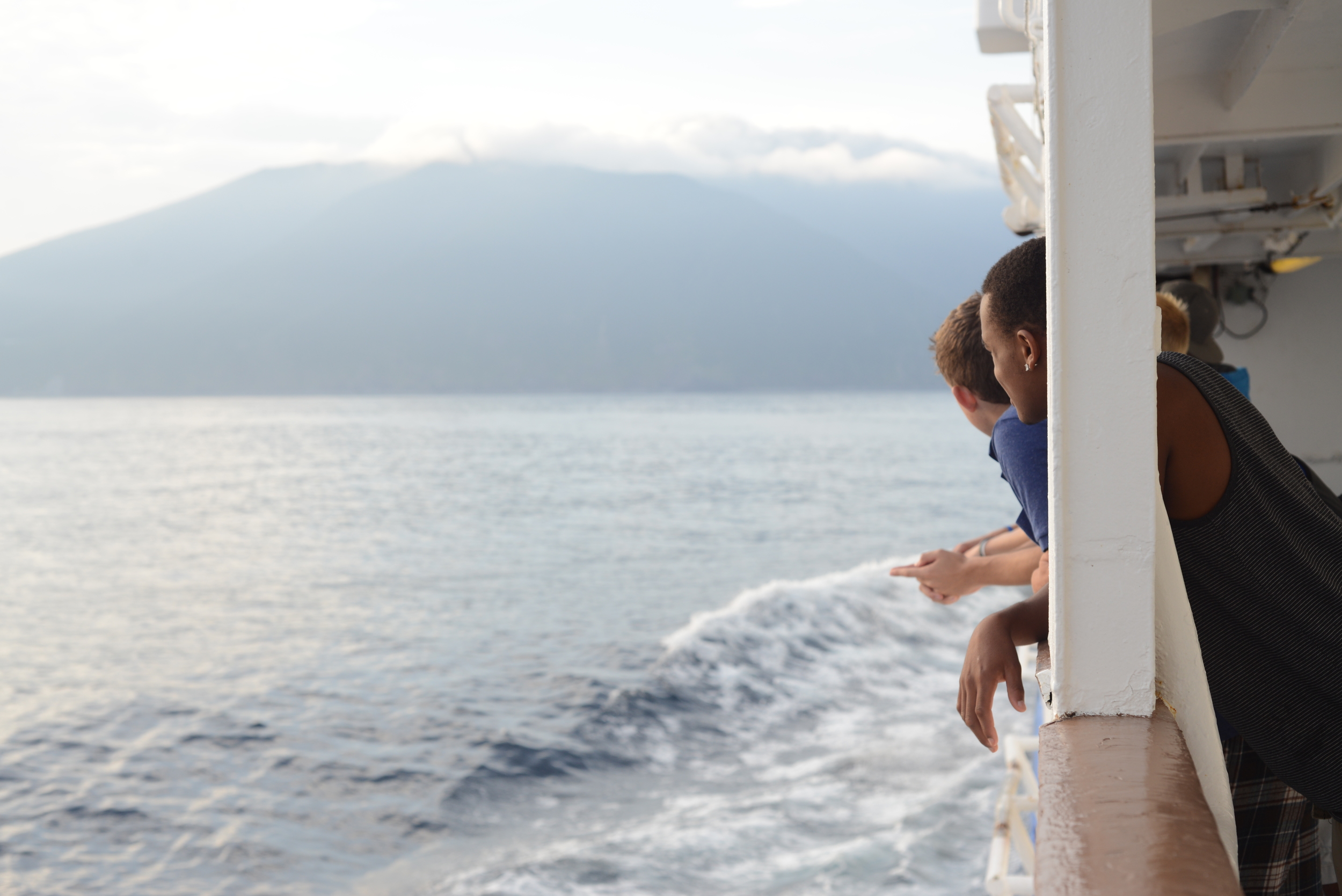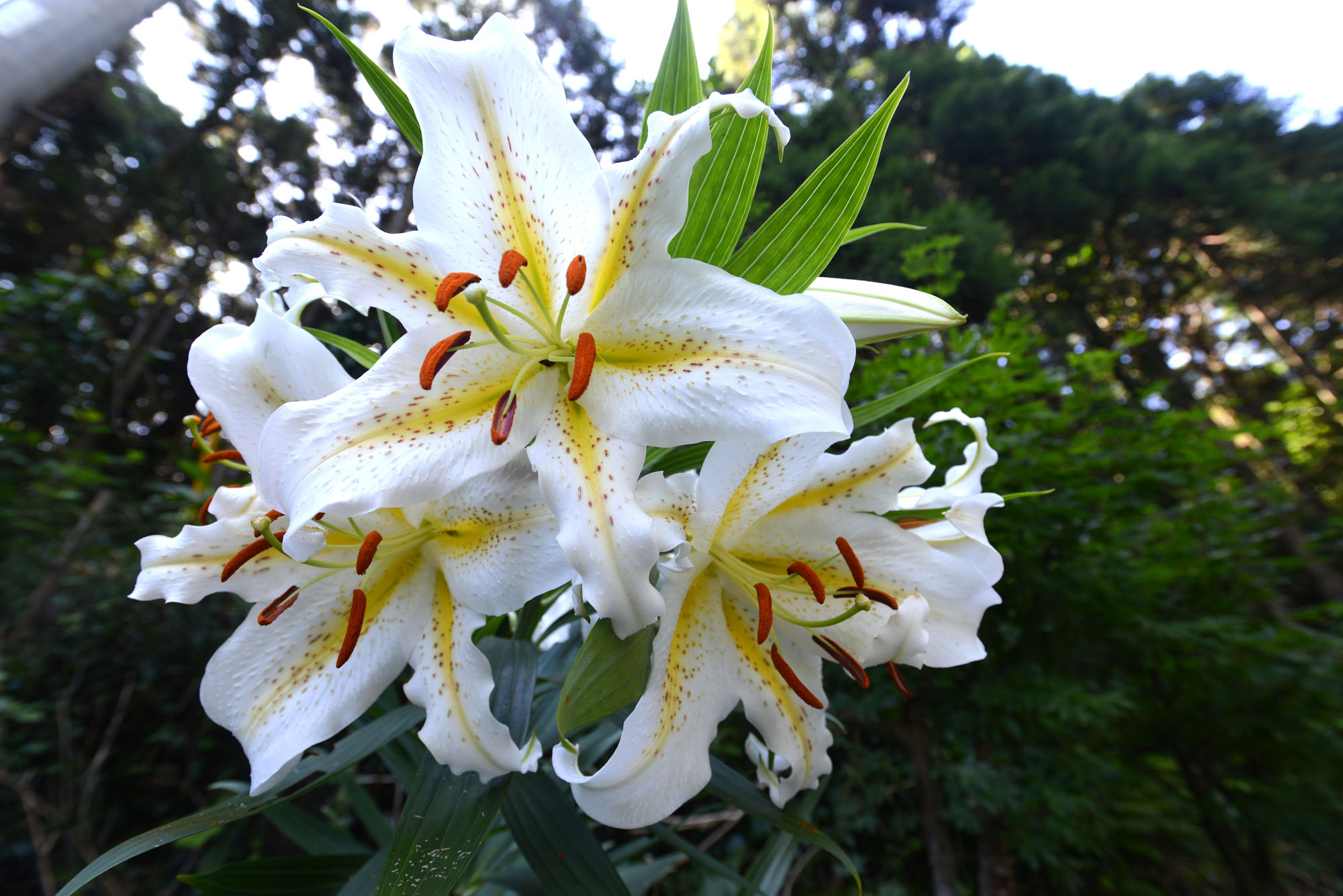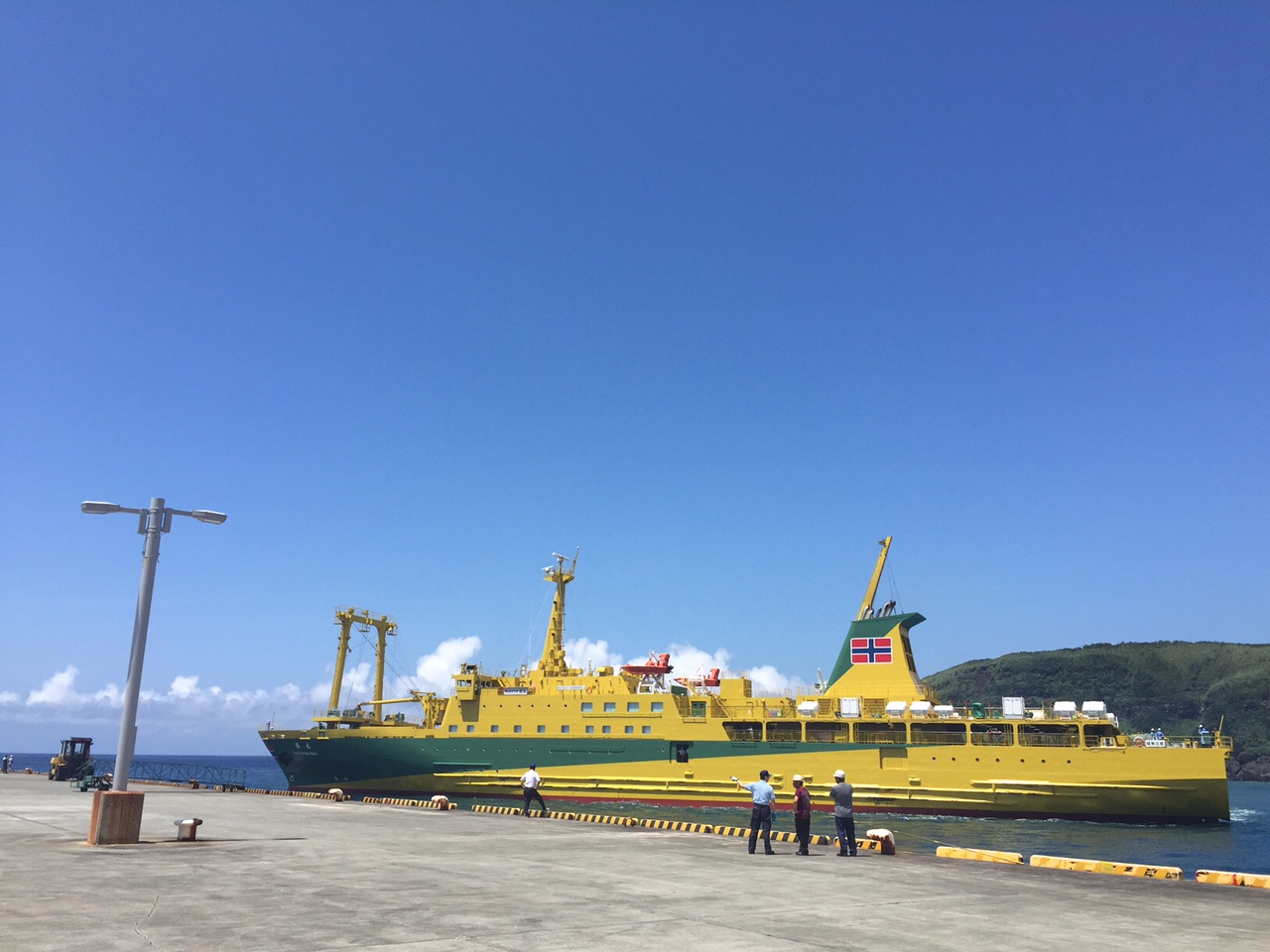Explore the hidden Tokyo Islands
Photos and story by Tetsuo Nakahara - Published on Stripes Japan
Swimming in crystal clear sea water in a hidden cove, hiking through an untouched forest and watching spectacular stars shoot through the evening sky are not necessarily things people flock to Tokyo for.
But I’m gonna let you in on a little secret: There are several islands off the Izu Peninsula that are technically part of Tokyo. And the Izu Seven Islands, or Izu Shichito in Japanese, will satisfy your desire to escape to a piece of summer paradise, even if it is part of Tokyo.
Most know Izu as the large peninsula in Shizuoka Prefecture that attracts tourists with its white sandy beaches and abundance of onsens. However, not many foreigners know that there are amazing islands south of Sagami Bay that pop up over a 330-mile stretch along the Fuji Volcanic Belt.
Along with these magnificent seven isles - Oshima, Toshima, Niijima, Kozushima, Miyakejima, Mikurajima and Hachijojima - there are smaller islands that pop up across this watery path, including Aogashima and Shikinejima. The entire collection of islands is called Izu Islands.
During the summer, these islands are popular summer destinations for the adventurous, as well as young families. People visit these islands to get away from the busy city life at a relatively low cost. Snorkeling, Scuba diving, fishing, surfing, hiking, rock climbing, cycling. You can give yourself quite a workout on these pieces of paradise. Or you can just relax and soak in the sun on an uncrowded beach. And the fresh seafood and hospitality by the islanders are unbeatable.
How to get there
There are several ways to get to these islands, the most popular being by ferry. The company Tokaikisen runs big ferries and high-speed jet ferries out of Takeshiba in Tokyo, as well as Atami and Shimoda in Shizuoka Prefecture. You can also fly to some of the islands that have airports, such as Hachijojima.
I recommend taking a big ferry or jet ferry to these islands. To me, it’s an adventure on the Pacific Ocean. And besides that, the price for ferry tickets is pretty good compared to airfare. But you should know before you leave how long the trip will take. If you depart Tokyo for Niijima, it takes two hours and 20 minutes by a jet ferry. But if you head Hachijyojima from Tokyo by a big ferry, it takes more than 10 hours.
Prisons before paradise
Interestingly, Izu Seven Islands were used as island prisons during the Edo Period (1603-1867). It is said that criminals were exiled to these isolated islands by the Edo government, and worked for the local fishermen and farmers.
According to Miyake Island’s official website, one famous incident occurred in the middle of the Edo period when the secret affair of famous Kabuki actor Shingoro Ikushima and Ejima, a palace maid, came to light. This started a struggle for power inside the palace that spilled out into the capital, leading to the punishment and exile of more than 1,000 people. Ikushima was exiled to Miyake Island, where his grave still rests today. This grand scandal, famously known as the “Ejima-Ikushima Affair” provided the setting for the well-know 2006 Japanese movie “O-oku.”
Accommodations
There are many minshuku, or Japanese-style guest houses, available on each island for visitors to stay. Minshuku is a simple Japanese tatami-style guest room where you use a futon when you sleep. It usually comes with a Japanese-style breakfast and dinner, complete with rice, miso soup and local fish. The average cost per person for a minshuku is between 8,000-12,000 yen (including breakfast and dinner), depending on the season and quality of the room. Book in advance because these places fill up during peak season and weekends. Ask a Japanese friend to assist you booking your accommodations.
If you would like to spend less money and are more adventurous, bring your tent and camp out in the designated camping grounds that most islands have. Most of camping grounds are run by the local village and are very clean and reasonably priced. Some are even free. Please check with each island’s tourist information center because some prohibit camping.
I was on the Miyake Island recently and didn’t have a tent. So, my friends and I went to a store and bought two plastic blue sheets and rope and made our own tent. We had a great time on the beach that night. Just wish I would have remembered to buy bug spray.
Surfers’ Island
Niijima is one of the most famous surf destinations in Japan. Its beaches are legendary in the world’s surfing community. Thousands of professional and amateur surfers make pil¬grimages to ride the gnarly waves of Niijima each year.
The white sandy Habushiura Beach, located on the east side of the 15-square-mile island, is the main surf spot. The beach has cliffs that loom hundreds of feet above the deep blue Pacific waters. The powerful beach break creates a huge barrel when the swell hits from the right direction.
You can surf year round here, but the best time is from autumn to winter.
Because the Izu Islands are all volcanic, some offer amazing hot springs or onsen.
In Niijima, visitors can enjoy the Yunohama open-air hot springs on the island’s western side. This huge hot spring features jaw-dropping views of the Pacific and is large enough to handle more than 100 bathers at a time. It is open 24 hours a day and completely free to enter. You can enter with your swim suits on. This is a great place to sit and soak when the sun is setting.
Don’t forget to try the famous Kusaya, a traditional (and pungent) cured fish that is a local delicacy. It smells like rotten fish, but many Japanese love it as local specialty. Most Japanese visitors leave with loads of Kusaya to give away to their family and friends as gifts.
- See more at: http://japan.stripes.com/travel/explore-hidden-tokyo-islands#sthash.GC4HnQpi.dpuf
